Hey there, small business heroes!
We know running a business is no joke — juggling customer service, marketing, operations, and (let’s be real) about 50 other things before lunch. But in today’s always-online world, your digital presence can’t afford to be an afterthought. Whether you’re selling cupcakes, landscaping yards, or offering consulting services, optimizing your web presence is one of the smartest, most affordable ways to boost visibility and grow your bottom line.
Let’s dive into how you can stand out in the digital crowd and attract more customers with a streamlined, strategic approach — and yes, we’ll throw in a real-life success story for inspiration.
🌐 What Does “Web Presence” Even Mean?
Before we dive into the “how,” let’s define the “what.” Your web presence is the sum of all the places your business shows up online. This includes:
- Your website (home base!)
- Social media profiles (Facebook, Instagram, LinkedIn, TikTok)
- Online directories (Google Business Profile, Yelp, Bing Places)
- Review platforms (TripAdvisor, Trustpilot)
- Blog content and guest posts
- Online ads
- Mentions in the media or backlinks
A strong web presence builds trust, improves discoverability, and makes it easier for customers to find — and choose — you over your competitors.
🛠️ Step-by-Step: How to Optimize Your Web Presence
1. Build a Solid, Search-Optimized Website
Think of your website as your digital storefront. You wouldn’t ignore a broken window at your physical store, right? The same logic applies here.
Make sure your site is:
- Mobile-friendly (50%+ of web traffic is mobile!)
- Fast-loading (because slow = goodbye)
- SEO-optimized (keywords, meta tags, internal linking)
- Clear and user-friendly (with easy navigation and CTAs)
Include essentials like:
- About page
- Contact info (bonus: embed Google Maps)
- Service/product descriptions
- Testimonials or reviews
- Blog section (for SEO and thought leadership!)
2. Claim and Optimize Your Google Business Profile
This is the most important step for local visibility. When people search “hair salon near me” or “best pizza in town,” Google shows map listings — and that’s where you want to be.
Tips to rock your Google Business Profile:
- Use accurate NAP (Name, Address, Phone) info
- Choose the right business categories
- Add high-quality images
- Post updates and offers
- Collect and respond to reviews (politely and promptly!)
3. Get Active on Social Media (But Strategically)
You don’t need to be everywhere. Choose 1-2 platforms where your audience hangs out, and commit to posting valuable, consistent content.
- Instagram for visual products and services (food, fashion, fitness)
- Facebook for community updates, events, and reviews
- LinkedIn for B2B and professional services
- TikTok for fun, educational, or viral content
Keep it real, stay on-brand, and don’t be afraid to show some personality. People buy from people!
4. Encourage Online Reviews
Reviews are your digital word-of-mouth. They influence buying decisions and improve your SEO. Here’s how to get more:
- Ask! A follow-up email or a friendly ask at checkout works wonders.
- Make it easy — provide direct links.
- Respond to every review, even the not-so-glowing ones.
5. Create Content That Answers Questions
Start a blog, post videos, or share tips on social. Think about what your customers are Googling and become their go-to resource.
Example topics:
- “5 Things to Know Before Hiring a Roofer”
- “How to Choose the Right Yoga Mat”
- “Behind the Scenes: Our Cupcake-Making Process”
Not only does this help with SEO, it positions you as an expert.
6. List Your Business in Online Directories
More visibility = more traffic. Make sure your business is listed (accurately!) on sites like:
- Yelp
- Bing Places
- Apple Maps
- Angie’s List
- TripAdvisor (if relevant)
- Industry-specific directories
Consistency is key. Your NAP info should match exactly across the web.
7. Use Email Marketing (Yes, It Still Works!)
Building an email list is like printing your own marketing gold. Send out:
- Monthly newsletters
- Exclusive offers
- Event invitations
- Helpful content or tutorials
Just don’t overdo it — value first, always.
☕ Case Study: Brew & Bloom Boutique
The Business:
Meet Brew & Bloom, a charming cafe-florist hybrid in Santa Barbara. Great vibe, unique business model… but flatlining online traffic.
The Challenge:
- Gorgeous in-person experience that didn’t translate online
- Inconsistent branding across platforms
- Website buried on page 3 of Google
- Social media accounts inactive and scattered
The Strategy:
- Redesigned Website: Clean layout, mobile-responsive, integrated booking for floral workshops.
- Google Business Optimization: Added accurate info, weekly photo uploads, and encouraged reviews.
- Content Creation: Started a blog and Instagram Reels series about floral design and specialty drinks.
- Directory Listings: Claimed listings on Yelp, Bing, and niche wedding planning directories.
- Branded Social Profiles: Unified their look and tone across platforms with consistent visuals and bios.
The Results (in 4 Months!):
- Website traffic grew by 130% 🚀
- Google ranking: page 1 for “Santa Barbara flower cafe”
- Instagram followers increased 300%
- Bookings for floral workshops doubled
This small business didn’t add new products or run paid ads — they simply showed up better online.
📈 Tools That Can Help
- Google Analytics – Know what’s working (and what’s not).
- Google Search Console – See how your site performs in search.
- Canva – Create stunning graphics and social posts.
- Buffer / Later / Hootsuite – Schedule your content in advance.
- Moz Local / Yext – Manage local directory listings from one dashboard.
- Mailchimp / ConvertKit – Easy-to-use email marketing platforms.
👊 Final Thoughts: Don’t Just Be Online — Be Unmissable
A strong web presence isn’t about being everywhere. It’s about being strategic, visible, and helpful where it counts. Whether you’re just starting out or trying to scale, optimizing your online footprint can make all the difference.
So take a step back, audit your digital presence, and start making small changes that lead to big growth. Your future customers are searching — now’s the time to make sure they find you.
Need help with a website audit or local SEO game plan? Let’s chat — we’ve got your back!



No responses yet